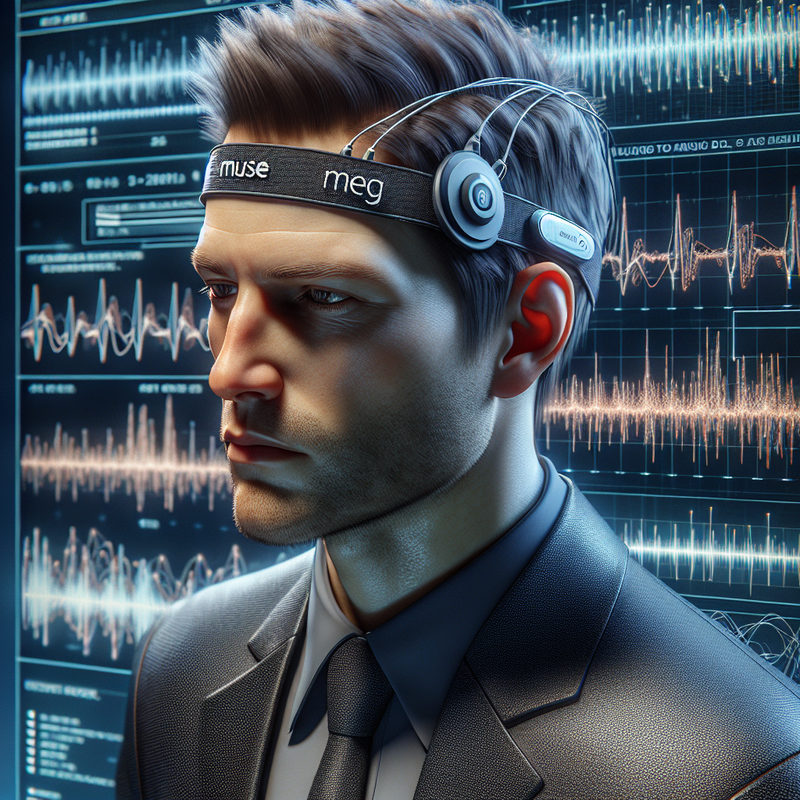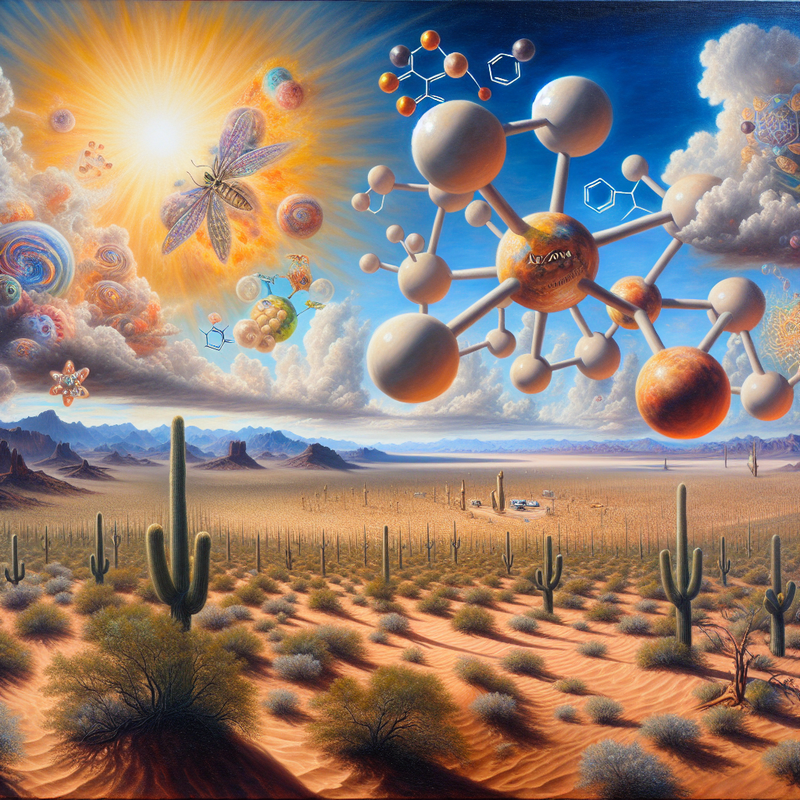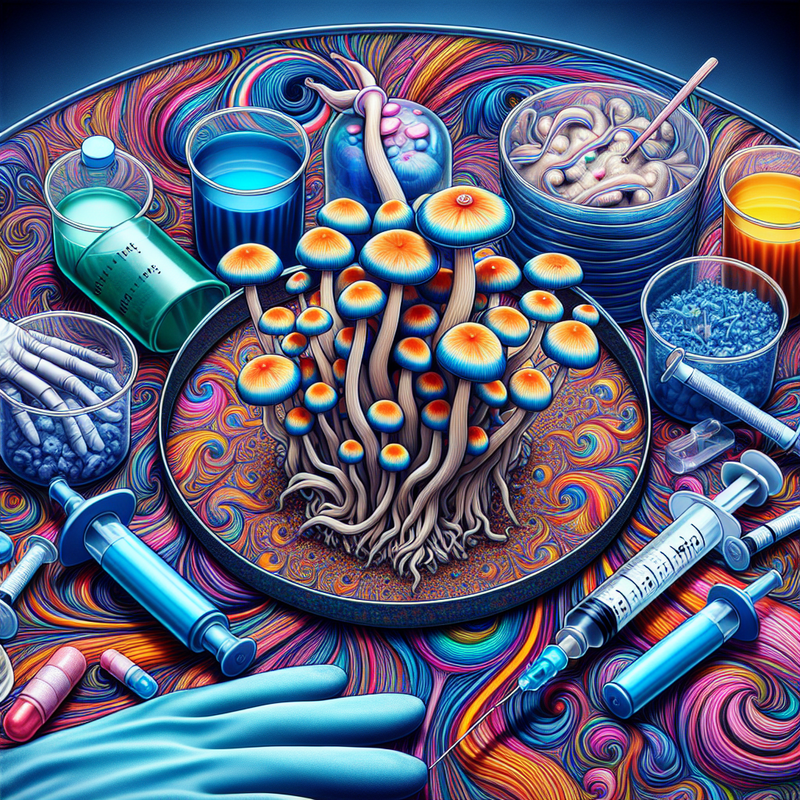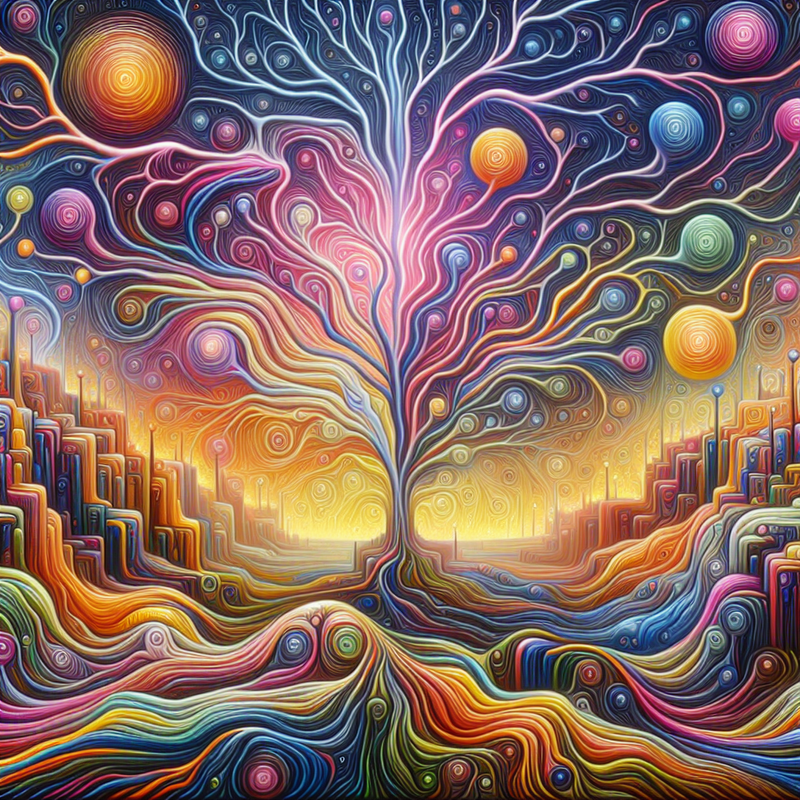Transforming Brain and Heart Biometrics into Music: Jason Snell’s Innovative Approach
Software developer and artist Jason Snell has creatively repurposed the Muse™ EEG Headband technology to transform his brain and heart biometric readings into compelling musical exhibits. By analyzing his body’s biometric data, Snell is able to compose dynamic tunes that morph and shift with his physiological indicators in real-time.
Inception of a Novel Journey
Embarking on this inventive journey more than half a decade ago, Snell has been fine-tuning software that can interpret EEG output from the Muse headband into MIDI commands, enabling these signals to dictate the performance of musical hardware like synthesisers and drum machines. “I’ve evolved numerous software frameworks over the past six years to convert biometric information from the Muse headset into MIDI,” Snell conveyed.
Switching Gears to Bioresponsive Arts
Initially, Snell was engrossed in fabricating generative music algorithms, but his inventive spirit led him to the realm of bioresponsive arts. With the incorporation of advanced hardware and software systems, he pioneered the creation of compositions spanning brainwave-driven techno, soothing soundscapes, and cerebral orchestras. The multi-faceted capacities of the Muse headband, equipped with EEG sensors, photoplethysmograph (PPG) sensors for heart data, and an accelerometer, enable a complex and absorbing multimedia experience.
Inception and Evolution of the Musical Neurofeedback System
Snell’s innovative pursuits began with the grand ambition of composing music from DNA sequences, but the allure of brainwaves as a musical source emerged when he encountered a promotion for the Muse headset. “It dawned on me after seeing a Muse headset ad that I could adapt code from my earlier motion sensor work,” he recollected. The moment of insight was transformative: “Wearing the Muse, I cleared my thoughts and a musical tone generated from my synthesizer,” Snell recounted, merging his deep-rooted expertise in coding and sound production into his pioneering endeavors.
Implications and Potential Applications
The implications of Snell’s musical neurofeedback system extend beyond artistic expression, offering potential benefits in educational settings and therapeutic practices. An Iowa middle school trial revealed that by observing and listening to their neural oscillations, students could foster self-awareness and achieve meditative states more effectively. Snell’s technology has also shown promise in aiding individuals with disabilities and PTSD. “Early examinations with children facing disabilities have demonstrated encouraging outcomes,” Snell noted, highlighting a particular case where a child exhibited improvements in speech and mobility after engaging with the system.
Looking Forward: Prospects and Plans
Forging ahead, Snell invests his energy in investigating how cultural sounds and rhythms can facilitate meditative states and is in the process of crafting a web-based therapeutic tool constructed off his research at NYU. His work signifies an ongoing quest to merge technological innovation with human consciousness in the pursuit of augmented cognitive engagement and personal wellness.




